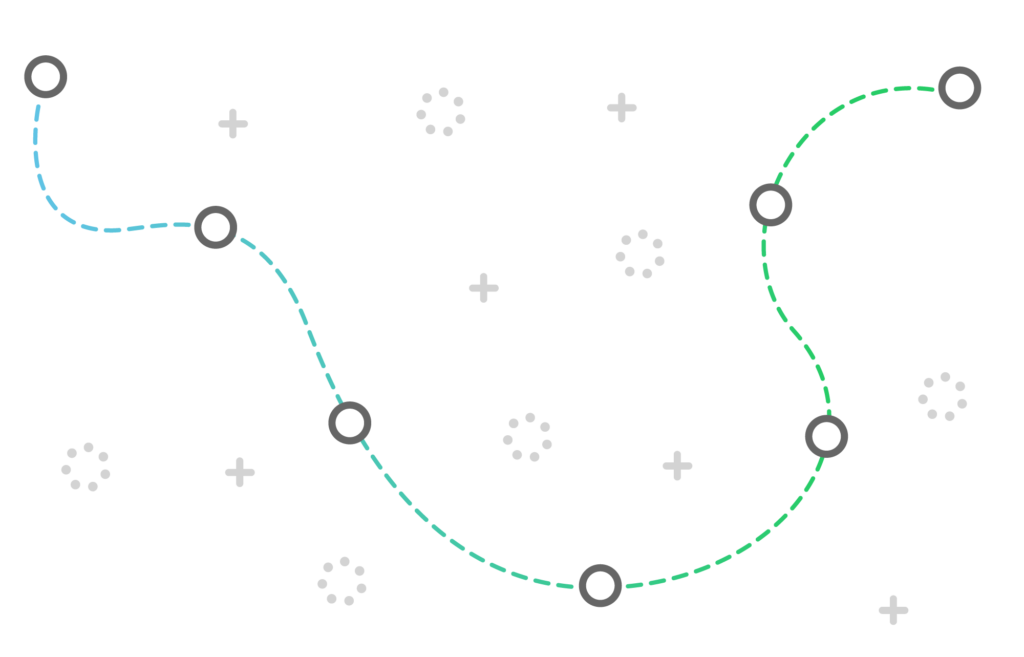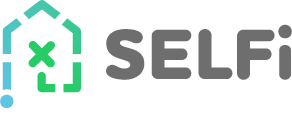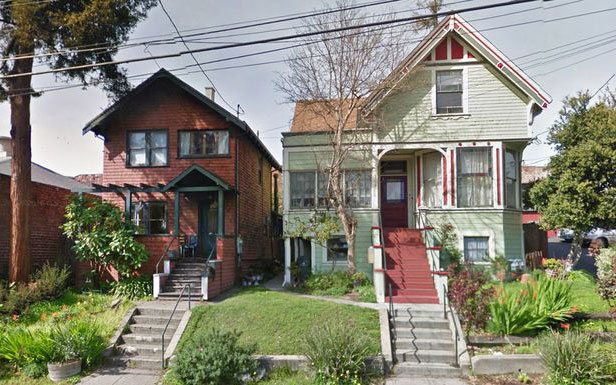First, let’s be clear.
Bank Statement loans is not a return to the type of loans that triggered the last housing crisis.
Bank statement loans, simply, are a way for self-employed mortgage applicants to qualify for higher loan amounts.
Only for Self-Employed
When self-employed applicants apply for a conforming loan, meaning the loan conforms to the guidelines established by Fannie Mae or Freddie Mac, they are required to provide their tax returns.
The challenge is that the tax returns often do not accurate reflect the borrower’s ability to afford the mortgage. This is because there are a myriad of tax incentives and write-offs available that reduce business income to as low as possible. Additionally, business income can fluctuate from year-to-year and last year’s tax returns may not accurately represent current income.
A different approach to calculating income for Self-Employed
Rather than looking at the last year’s tax returns, private lenders will qualify income based on deposits shown on bank statements.
By looking at the cash flow of the business, a lender can predict the ability of a borrower to repay. Often this approach will lead to the borrower being able to qualify for a higher loan amount than if income were calculated using the tax returns.
Here’s how it works:
- Lenders will review the last 12 to 24 months (could be fewer) of bank statements, either personal or business, depending on structure of company.
- With business bank statements, lenders will add up 50% of the last 12 months of deposits, and then divide by 12. That figure is considered the gross monthly income for the applicant.
- With personal bank statements, you can use 100% of the deposits.
Everything else is the same.
You still have to source all your assets used for the down payment, get an appraisal, have acceptable credit history, etc.
The minimum down payment is 10% and typically, you’ll need 6 months reserves.
Loan Scenario
Recently, SELFi helped Mr. Hardeep purchase a $1.1M home in Danville, CA.
Mr. Hardeep was self-employed, owning multiple businesses and had a unique income situation.
He initially went to Bank of America who told him that he could not qualify for the loan without selling his primary residence first and putting at least 20% down.
Mr. Hardeep did not want to see his primary residence, he wanted to convert his home into a rental.
Through the Bank Statement program, Mr. Hardeep was able to puchase with only 10% down and did not have to sell his existing primary residence.
So if you are self-employed and a large bank has told you “no”, consider applying through SELFi Second Look for a bank statement loan.

SELFi Second Look is opening doors to home-buyers being locked out by big banks


Good morning.
1. Do you handle bank statement only Jumbo Loans?
2. What are the down payment percent currently(I’ve heard the pandemic has changed some of the guidelines)? We are looking at 1mm home and doing 10% down.
Interested in Bank Statement loan.
(404)353-8433
Do you do bank statements loans in Georgia
Hello do you do the state of Georgia